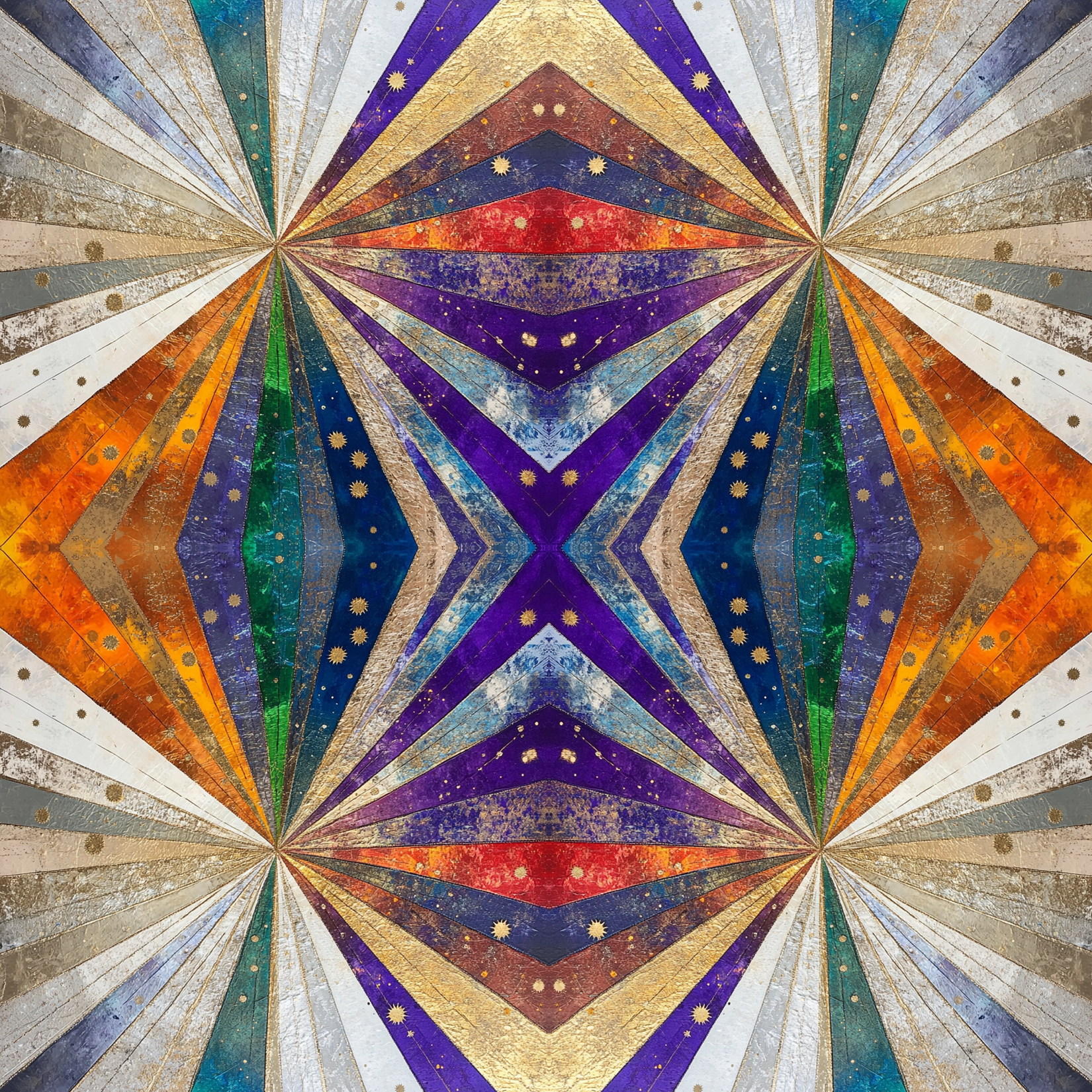I was looking for a way to practice my book design and typesetting skills, and had the idea to start designing the first pages of classic books. I found the text of the books on the Project Gutenberg website (https://www.gutenberg.org).
I started with the text of Bram Stoker’s “Dracula,” experimenting with different fonts, colors, and layouts; and then moved on to dozens of other books, including “The Tragedy of Hamlet, Prince of Denmark,” “Gulliver’s Travels, “The Great Gatsby,” “Frankenstein,” and many more.

For me, the process of design is about moving from one concept to another through small variations on a theme, leading to completely new ideas. I particularly enjoyed working on these designs because they were made to be viewed onscreen. In reality, most books end up printing in black and white due to the high cost of color printing.
These are two layouts for the first pages of Dracula. I started the text at different points in these samples before I decided to focus on the first pages of books.
These two layouts of the first page of William Shakespeare’s “The Tragedy of Hamlet” are similar in many ways, but I used different fonts, colors, and printer ornaments. I made dozens of variations of this book designs, and these are two of my favorite ones. I started adding the author names below the chapter titles in later designs, but I like how these look without the name.

These two designs for “The Great Gatsby” share the boxed border and gold background, but are otherwise quite different. If you’re noticing that the left-hand margin is a little wider than the right-hand margin in these samples, it’s because the inner margins of all printed books are always wider than the outside margins to leave space for the interior book binding. These pages are set up for print—I would even out the margins if the book was meant to be viewed onscreen.

These two designs of Charles Dickens’ “Great Expectations” and Jonathan Swift’s “Gulliver’s Travels” use some of the same design elements, but show how color can change the tone of the design. There are an endless number of printer ornaments to choose from. I usually pick three different types of ornaments to show as samples of the range of options available. Sometimes it takes a few rounds back and forth to arrive at the right ornament for a book.

These two designs for Robert Louis Stevenson’s “The Strange Case of Dr. Jekyll and Mr. Hyde” were some of my earlier designs and also lack the author name. The type size of the main text is smaller than in later samples, where I was trying to make the text larger to be more readable onscreen. The type size is approximately 12 point type with 16 points leading, which is about right for printing. Some types of books (academic or scientific, for example) use type set as small as 10/12 for the main text, I typically use a type size ranging from 11 to 12 for most books, with leading anywhere from 14-18 points, depending on the length of the book and the desired page count.
If I were designing a book for onscreen use only, I would use a larger type size and leading: something like 14 to 16 point type with 20 to 24 points of leading would be readable when viewed at full size.

These are two of my earlier designs for “Frankenstein; Or, The Modern Prometheus” by Mary Wollstonecraft Shelley. My original idea was to add the book title to the first page of the book as in these samples, but then I decided to add the author name as well.

These are two of my later “Frankenstein” designs, where I started using different backgrounds behind the text. There’s still no author name in the layout, probably because I picked up the text from the old files and forgot to add it. There’s room to add the author name above or below the book title without having to reduce the type size by much.

My main goal as a book designer and typesetter is to improve and enhance the readability of the text. I’m not to trying to draw the reader’s attention to my design as much as I’m trying to get them to read the book. A reader should be able to easily understand the hierarchy of titles and subheads in a book design, and all tables, figures, and text boxes need to be placed in the best spot as close as possible to where they’re called out in the text.
One of my first book typesetting jobs was working as a freelance typesetter for Addison-Wesley in the early 1990s. I was working on the typesetting of a series of assessment tests for grade school students. The design was fairly simple but most of the pages had 2-point vertical black lines running from the top to the bottom of the outer edges of the pages. I realized that the lines were there to stop the student’s eyes from wandering off the page–a gentle reminder to focus on the text.
I learned that everything on the page should be there for a good reason, usually beyond just decorating the page. That still leaves an infinite variety of options for designing a book—I try to choose wisely.
If you’re interested in seeing more of my book designs, I’ve been posting interior and cover designs of classic books to Instagram: https://www.instagram.com/andreareiderdesign/
